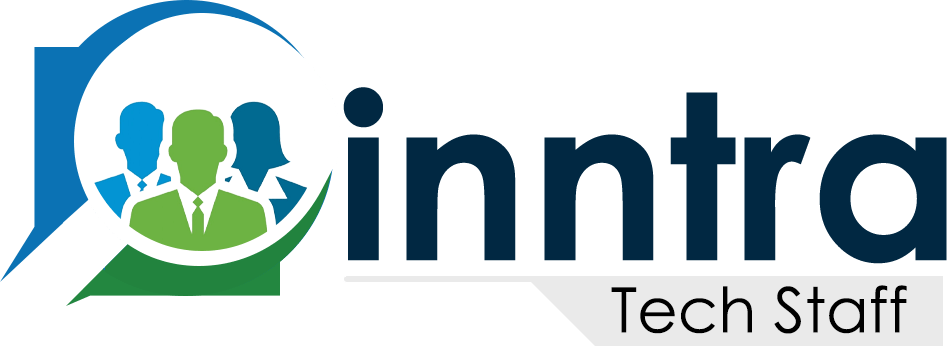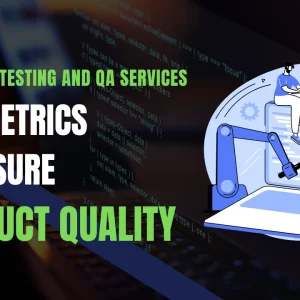Software Testing and QA Services: Key Metrics to Ensure Product Quality

Modern digital product success depends on product quality. Product companies that assume quality without measuring it ultimately trust and pay too much. Software Testing and quality assurance services provide assurances of reliability, security of information, and performance once quality metrics are established, teams that have confidence can move forward expecting their product with the next release will meet expectations, helping support the business goals.
Organizations often task quality assurance outsourcing to ensure precision, which creates uniformity in performing tasks consistently and accurately.
Why are Software Testing and Quality Metrics in Modern Development?
Software delivery has evolved greatly with short release cycles, continuous integration, and AI-augmented coding. When teams react to quality issues, they often reach end customers with unrecognized quality defects faster than expected.
Teams with documented quality metrics are able to mitigate risk before others receive the product. Quality metrics show what is needed for leaders to assess the productivity of the team, measure the effectiveness of software testing, and pursue increasing return on technology investment.
Software Testing Core Metrics Used to Measure Product Quality
Having quality metrics is a good foundation for any testing strategy. Each metric or KPI provides a different perspective of quality. Since all core metrics, considered together, create a fuller picture of completeness and reliability.
Defect Density
Escaped Defects
Teams discover escaped defects, or defect leakage, in production after release. This metric reflects all weaknesses in testing efforts. A low leakage percentage means end-users rarely find severe problems.
Tracking escaped defects becomes necessary when comparing a team’s performance or a vendor’s reliability. If an organization relies on QA outsourcing, it becomes an SLA metric.
Test Coverage
Indicates the percentage of test cases that run automatically. Both enhance visibility into risk. Heightened coverage ensures the likelihood of undetected bugs is low. Many organizations take advantage of outsourcing software testing services to quickly increase automation coverage.
Automation Pass Rate and Stability
Mean time to Detect & Repair
The shorter both timelines are, the less downtime. These timelines also give an indication of how agile the development and testing teams are performing as a whole.
Defect Removal Efficiency
Cycle Time for Fixes
ROI of Automation in Software Testing
Companies invest in tools, infrastructure, and skilled testers to establish ROI and prove the value of automation. Volume per defect, total time savings, and productivity gains to demonstrate the ROI of automation.
Executives review those numbers to allocate the budget effectively. Companies looking to baseline and minimize cost usually leverage QA outsourcing to stretch their dollar on automating.
Mapping Metrics to Stakeholders
Building SLAs Around Metrics
Teams can include metrics in vendor contracts. When a company contracts for software testing services, it often negotiates SLA clauses around defect leakage, defect repair times, and coverage targets. Clear agreements help vendors meet predictable standards. Organizations ultimately evaluate vendors based not only on output metrics, but also on business outcomes.



